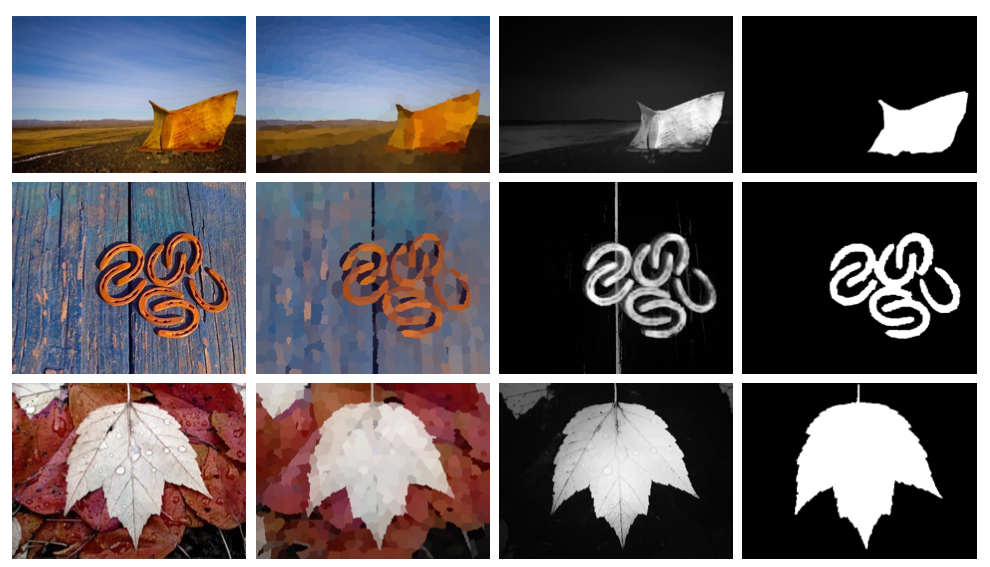Abstract

Saliency estimation has become a valuable tool in image processing. Yet, existing approaches exhibit considerable variation in methodology, and it is often difficult to attribute improvements in result quality to specific algorithm properties. In this paper, we reconsider some of the design choices of previous methods and propose a conceptually clear and intuitive algorithm for contrast-based saliency estimation. Our algorithm consists of four basic steps. First, our method decomposes a given image into compact, perceptually homogeneous elements that abstract unnecessary detail. Based on this abstraction we compute two measures of contrast that rate the uniqueness and the spatial distribution of these elements. From the element contrast, we then derive a saliency measure that produces a pixel-accurate saliency map which uniformly covers the objects of interest and consistently separates fore- and background. We show that the complete contrast and saliency estimation can be formulated in a unified way using high dimensional Gaussian filters. This contributes to the conceptual simplicity of our method and lends itself to a highly efficient implementation with linear complexity. In a detailed experimental evaluation, we analyze the contribution of each individual feature and show that our method outperforms all state-of-the-art approaches.
Copyright Notice
The documents contained in these directories are included by the contributing authors as a means to ensure timely dissemination of scholarly and technical work on a non-commercial basis. Copyright and all rights therein are maintained by the authors or by other copyright holders, notwithstanding that they have offered their works here electronically. It is understood that all persons copying this information will adhere to the terms and constraints invoked by each author’s copyright. These works may not be reposted without the explicit permission of the copyright holder.